At the time of writing this post, I had just returned from a week in Vanuatu with my husband and son. In our short eight-day trip to two places in the islands of Vanuatu, I learned lots about local Vanuatu food, from people only a step away from how it has been eaten and prepared for thousands of years.
I’m not an expert on the food of the Ni Vanuatu (the native people) and won’t try to be, but I want to share my thoughts on the food, from the point of view of a nutritionist. We can learn a lot from their practices.
An Accessible Traditional Culture
Firstly, a few images of this traditional culture. These are everyday scenes – this is how most people live.
I stand-up paddled next to outriggers like these and talked with the paddlers, and visited people in their villages and talked with them (as best as we could communicate as they speak Pigeon English).
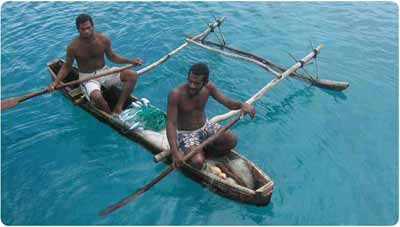

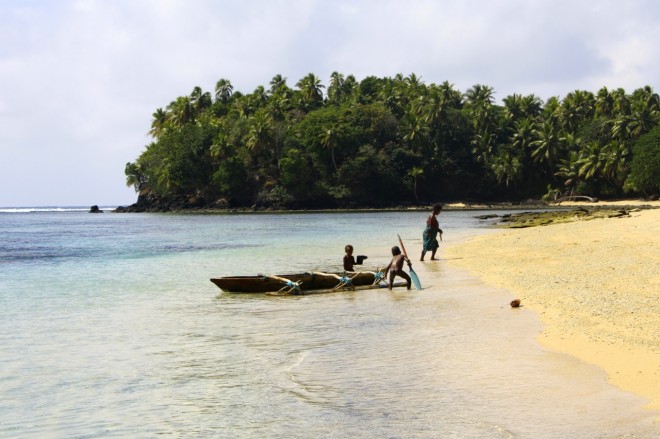
Coconut – the staple food
Practically everything we ate was cooked in coconut oil. A great many dishes were made with coconut milk.
Coconuts grow freely all over the islands – they are there for the taking – but they can be also purchased cheaply at the markets.
I am not a fan of coconut milk or oil – they do not class as health foods by any stretch of the imagination – <read about that here>.
[Coconut water is neutral, neither bad nor good, and coconut ‘meat’ – the fibrous white inside, is also neutral as the fibre keeps much of the coconut milk and oil from being absorbed into the body].
I went to watch a village chief and his wife show us how they take a coconut from a tree and process it to get the oil which is so valuable to their people.
I had a go at each stage of the process, apart from the stage where you use a machete to slice a coconut in half with one hard swing while holding the coconut in your hand!
Here is how to obtain coconut oil – the traditional Vanuatu way:
- Cut open a coconut, catching the water (drink the water or keep for a recipe).
- Scrape the inside meat out with a serrated metal scraper attached to a bench which you sit over.
- Squeeze the meat till all the milk runs out into a bowl, adding a little water to get more milk out. Discard squeezed meat.
- Place milk into a saucepan over a fire and bring to boil.
- Simmer for ages – till it ‘reduces’ and solids appear. Keep stirring continually.
- When the solids brown, the oil will have separated out.
The chief told us his wife would do this at least once a week to get enough oil for daily cooking.
Blue Zone Comparison
When evaluating a dietary pattern, I always look to the Blue Zones, the places in the world where people live the longest healthy lives – usually past 100, free of disease. These zones are in 5 places in the world. Diets vary in details, but what comprises those diets is basically the same.
Blue Zone foods and lifestyle compare favourably in most ways with Vanuatu food and lifestyle:
- 95% plant-based – YES
- Live in walkable communities – YES
- 65% of diet from starches (in this case, tubers – root vegetables) – YES
- 5% of diet from animals – YES (mainly freshly caught fish. Occasionally free-ranging pigs or chicken)
- Beans or legumes daily – NO (not in any amount – peanuts are grown and eaten however)
- A circle of healthy friends – YES
- Main drink – water – YES (mildly alcoholic kava for men only at special celebrations)
You can learn more about the world’s Blue Zones <here>. Or download a free chart from the pop up on this page to help with setting up a Blue Zone in your own home.
We know that eating a cup a day of legumes adds 4 years to a person’s life expectancy. The life expectancy of the Ni Vanuatu is 73 years. This fairly low life expectancy would be partially due to quite a high infant mortality rate, even this has improved in the last 25 years. I expect that the heavy use of coconut oil and its high saturated fat content which, we know, causes general inflammation, especially in the arteries, is mitigated by the high vegetable intake.
Far from the Capital
One of our guides on Tanna Island was Luke. Here is a picture of him with his wife, Alisa.
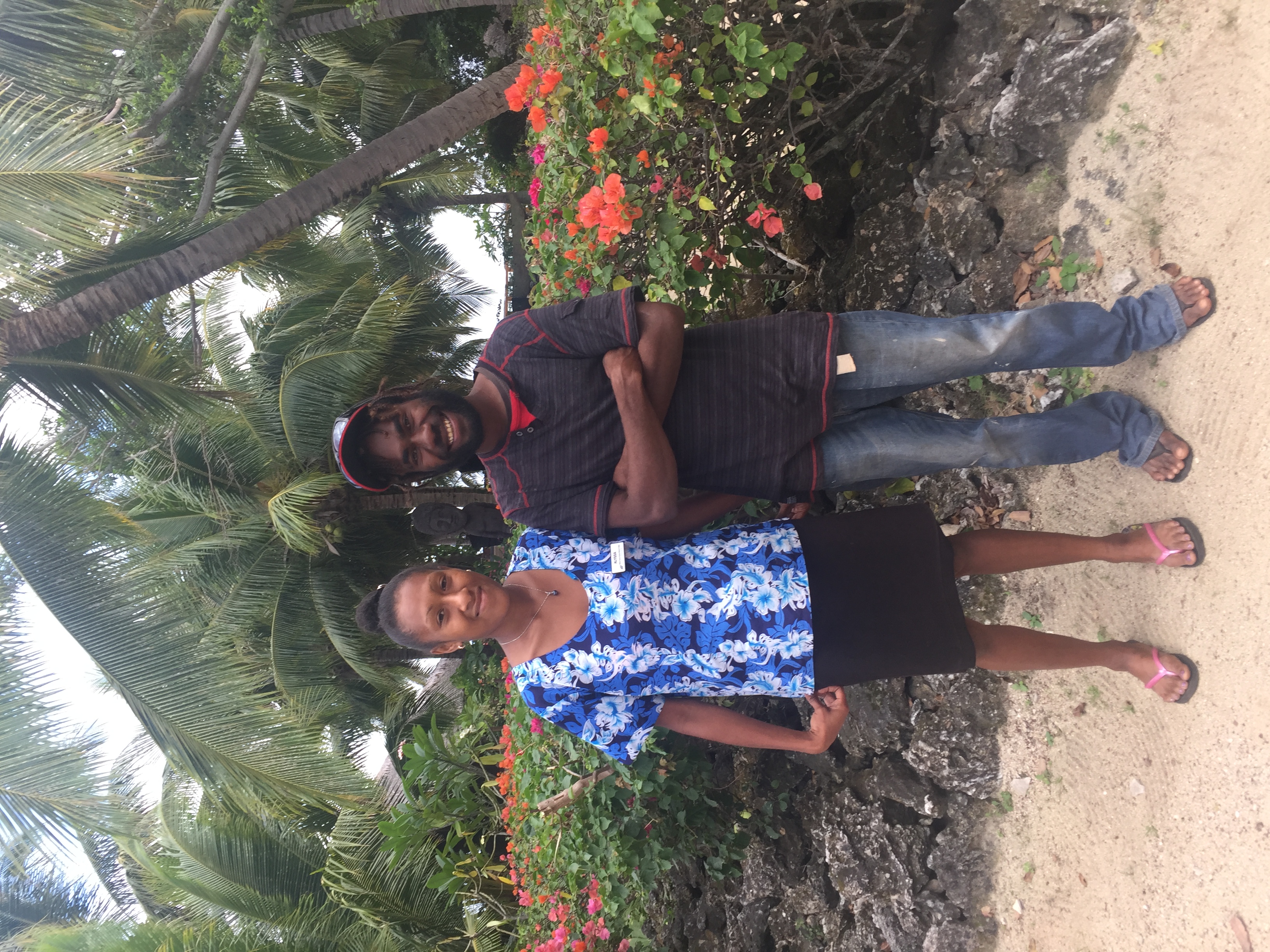
I asked Luke what his favourite food was. He said immediately: “Yem. Yem ‘n fis.” (That is, ‘yam and fish’). I asked him how old his father was. 85 (that’s beating the odds). I asked why he thinks he has lived so long in good health. He said, “Because he only eats good food – if he ate bad foods he would get sick.” There’s some wisdom right there!
I have no data, but would not be surprised if life expectancy is longer on Tanna than in the capital city and environs – as practically everyone on these farther-flung islands are completely subsistence farmers, growing and catching almost everything they eat. Whereas in the capital and environs, Western food has crept in even though most people still farm their own food.
Living off the Land
Vanuatu is still largely a subsistence culture. Unemployment is 80% – not because people are sitting around with nothing to do, but because they are not working for money. Their days are spent tending their gardens, preparing food and catching fish. Other than this, they are selling some of their excess produce at markets or mending or building their houses or canoes.
30km outside of Port Vila, the capital, I visited Eratap Village. I found Roni in her garden and asked her if she would show me what she was growing. She told me her husband had died and everything she ate, she grew. Note the rich volcanic soil.
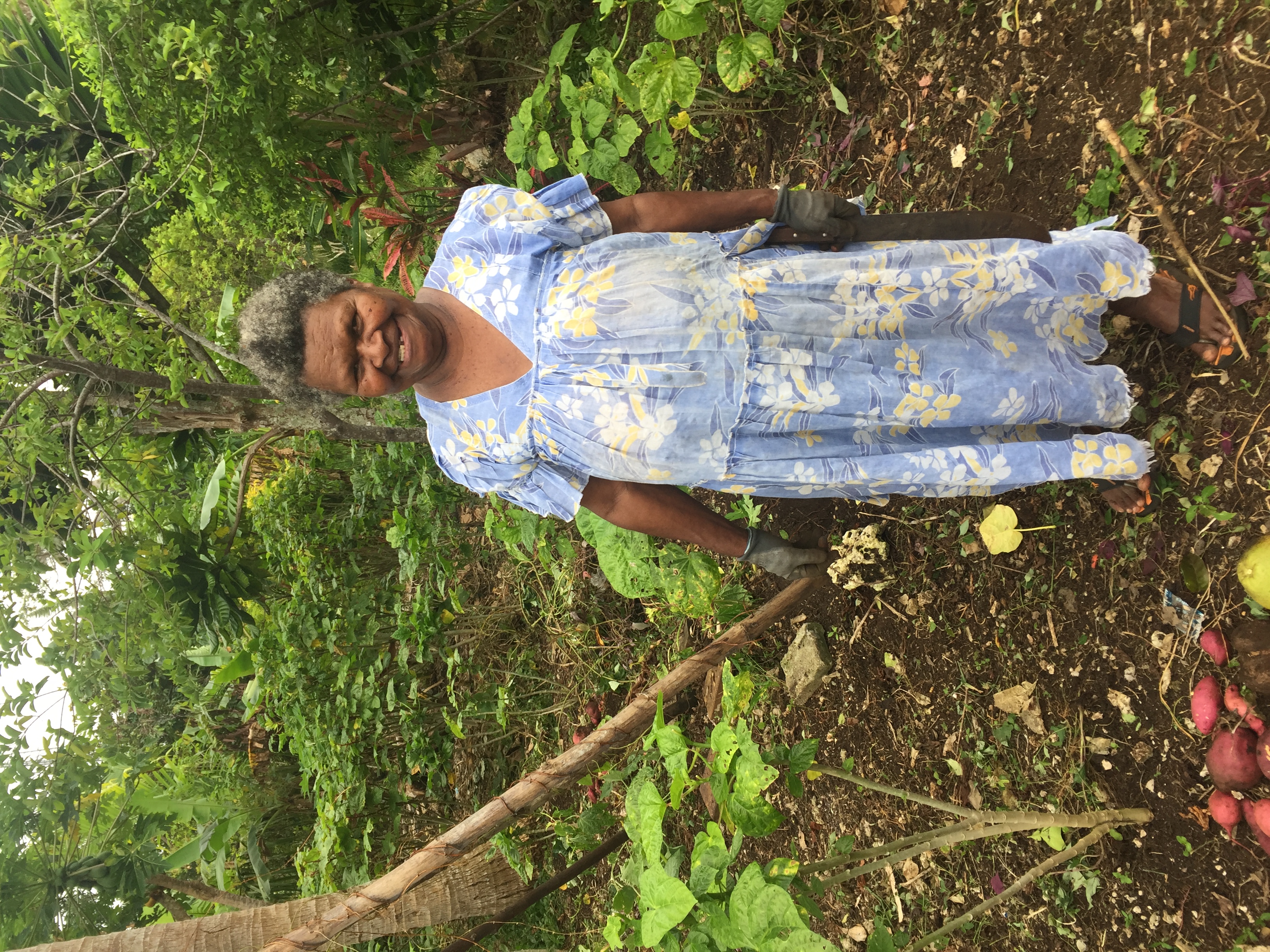
Here are some of the foods growing in Roni’s garden:
- various tubers (potatoes, sweet potatoes, yams, cassava, taro)
- bananas
- pumpkins
- various green spinach-like vegetables
- sugar-cane
- paw-paws
- grapefruit
- mandarin-like fruit
- onions
- She has no meat animals, but her six sons and their families live on adjoining land and have chickens. She would also eat freshly caught fish.
There is a cute picture of one of her many grandchildren also.
Buying Local
Buying food locally means it will have a higher micronutrient content due to the shorter time from harvest to plate.
Only a kilometre or two apart, all over Vanuatu, are roadside stalls – ready for anyone in the local area to sell excess produce.

In the towns, there are markets every day except Sunday, and most people buy fresh fruit and vegetables daily if they do not grow their own.
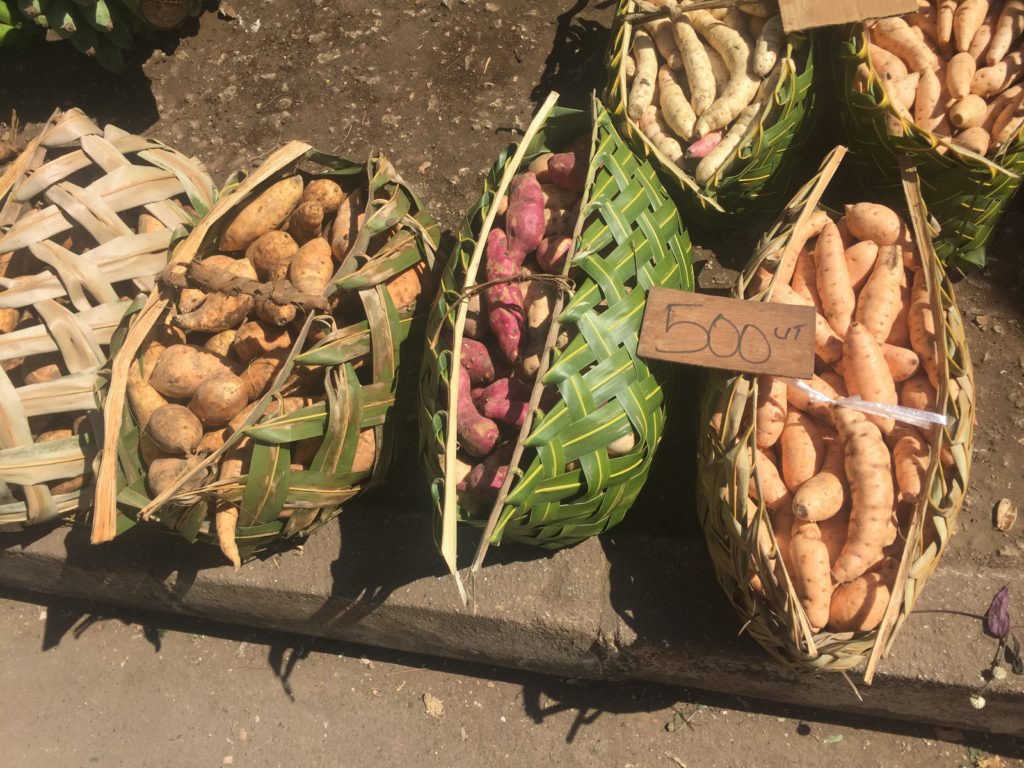
The large undercover markets in the capital are open 24 hours a day, six days a week. Many women stay with their produce (along with their toddlers and babies), overnight, until it all sells.
Vanuatu food is inexpensive (for Westerners). A hand of about 12 lady-finger type bananas costs about $1.22 AUD. This large bagful of tubers costs around $6 AUD. One pawpaw costs about 50c – $2.00 depending on size and ripeness.
Two Common Superfoods
One common food was vegetable curry – spiced with fresh turmeric. People who eat turmeric regularly have a high degree of protection from many types of cancer. The Ni Vanuatu grow it in their gardens.

I searched for beans everywhere I went. Legumes are the single food that will indicate best the longevity of any person.
I found that three types of legumes are grown in Vanuatu:
- the coffee bean
- the cacao bean (both for drinks – not for their fibre content), and
- the peanut.

Final Comments
The driver who took us to the airport to go home asked what I did for work. I told him I was a nutritionist – that I helped people improve their health by eating better food.
He was amazed to hear that many Australians did not eat food from their gardens – or in fact – any garden at all, but that most of us eat food made in a factory every single day at every meal, and food from gardens makes up less than 20% of our diet. He was incredulous when I told him that a lot of Australians have forgotten how to cook healthy meals and only know how to assemble things out of packets and jars.
“That’s my job”, I said, “to show people how to eat real traditional fresh foods prepared in traditional ways and to limit eating foods made in factories.”
I told him that if Vanuatu continues to adopt the Western way of eating and living, their health will suffer within one generation. “You have a lot of very healthy habits here in Vanuatu; it will be sad to see them disappear,” I said.

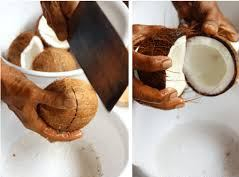

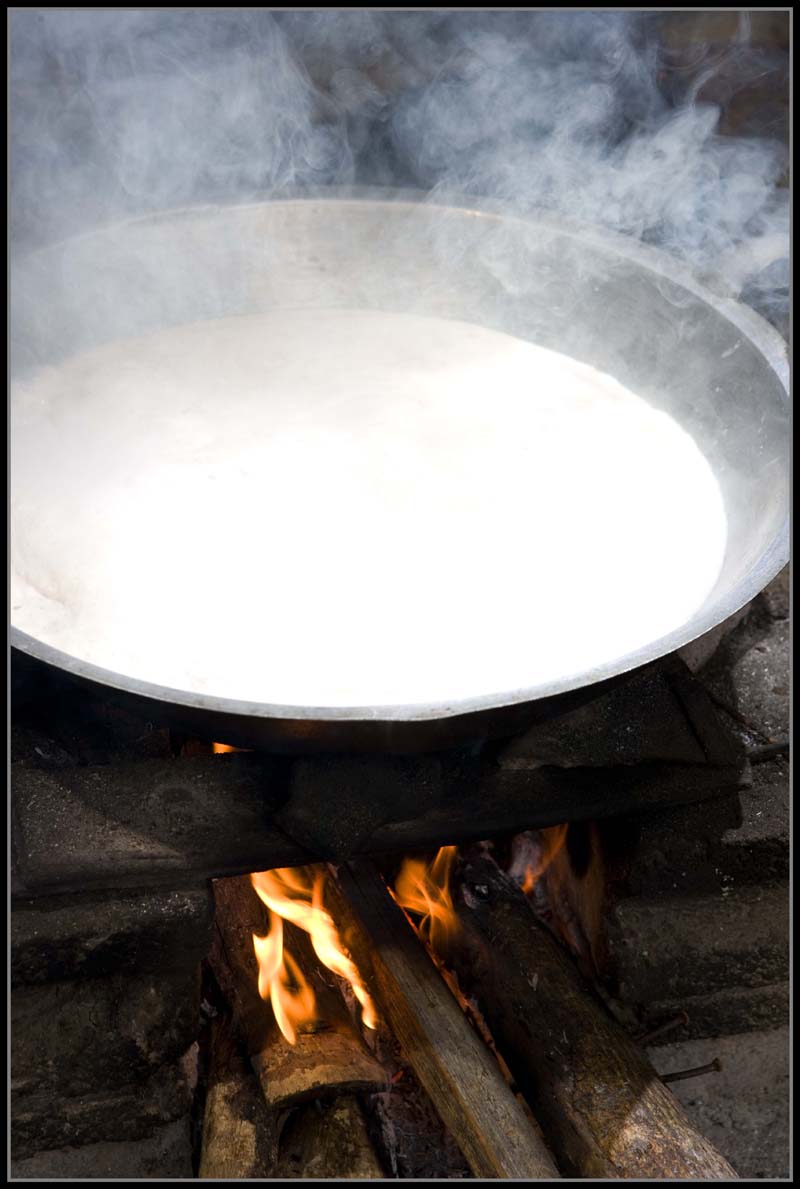
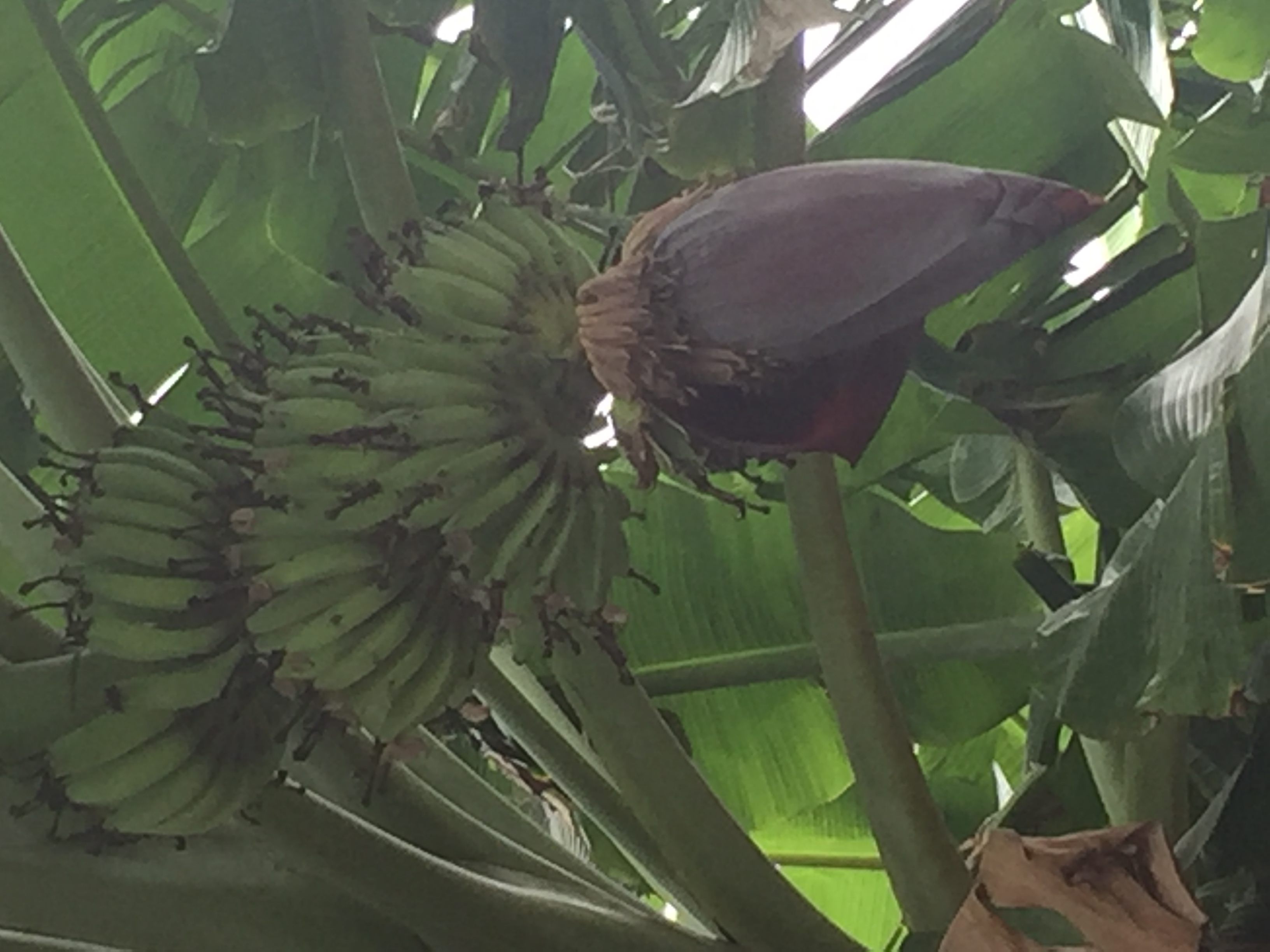
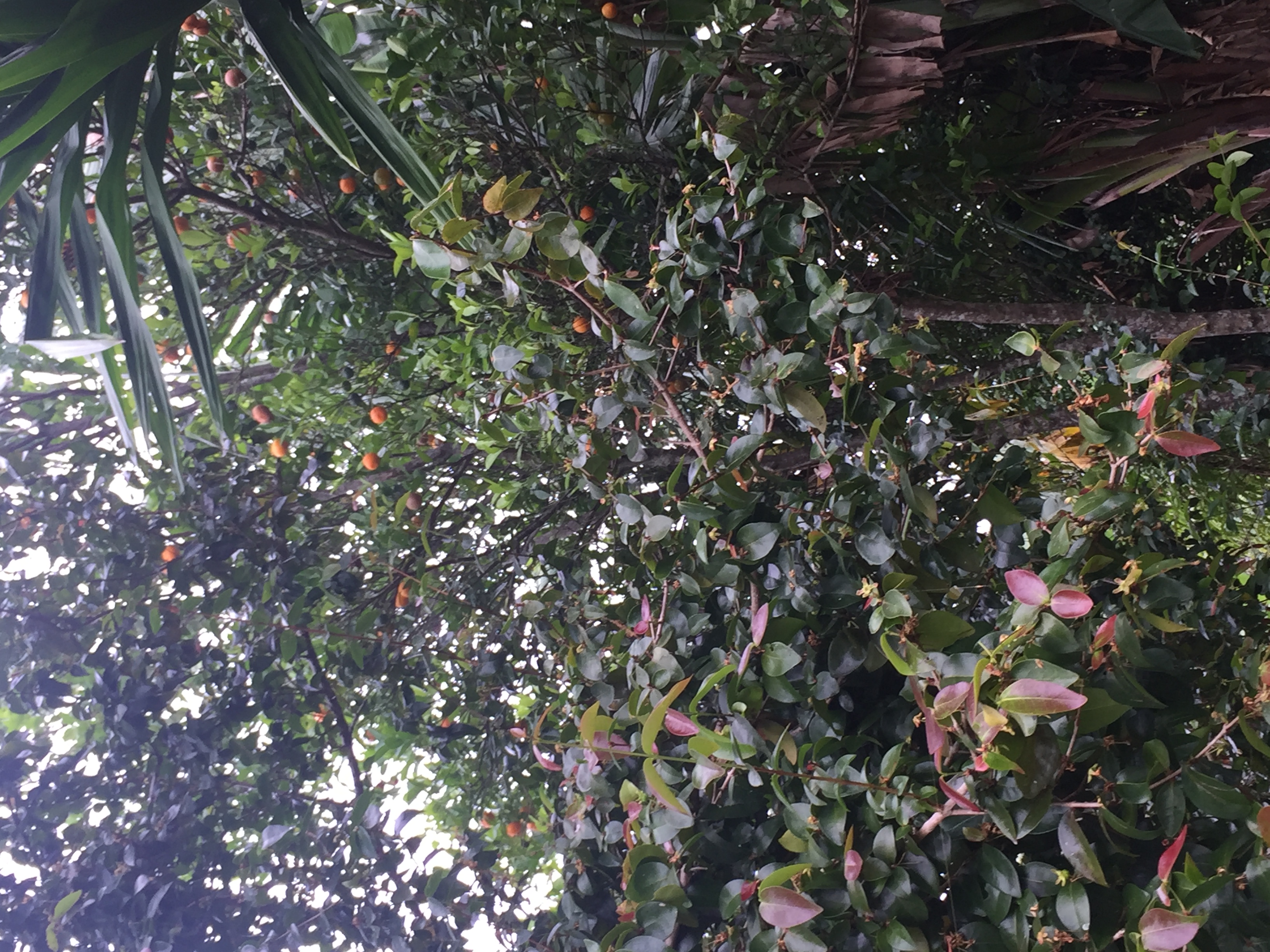
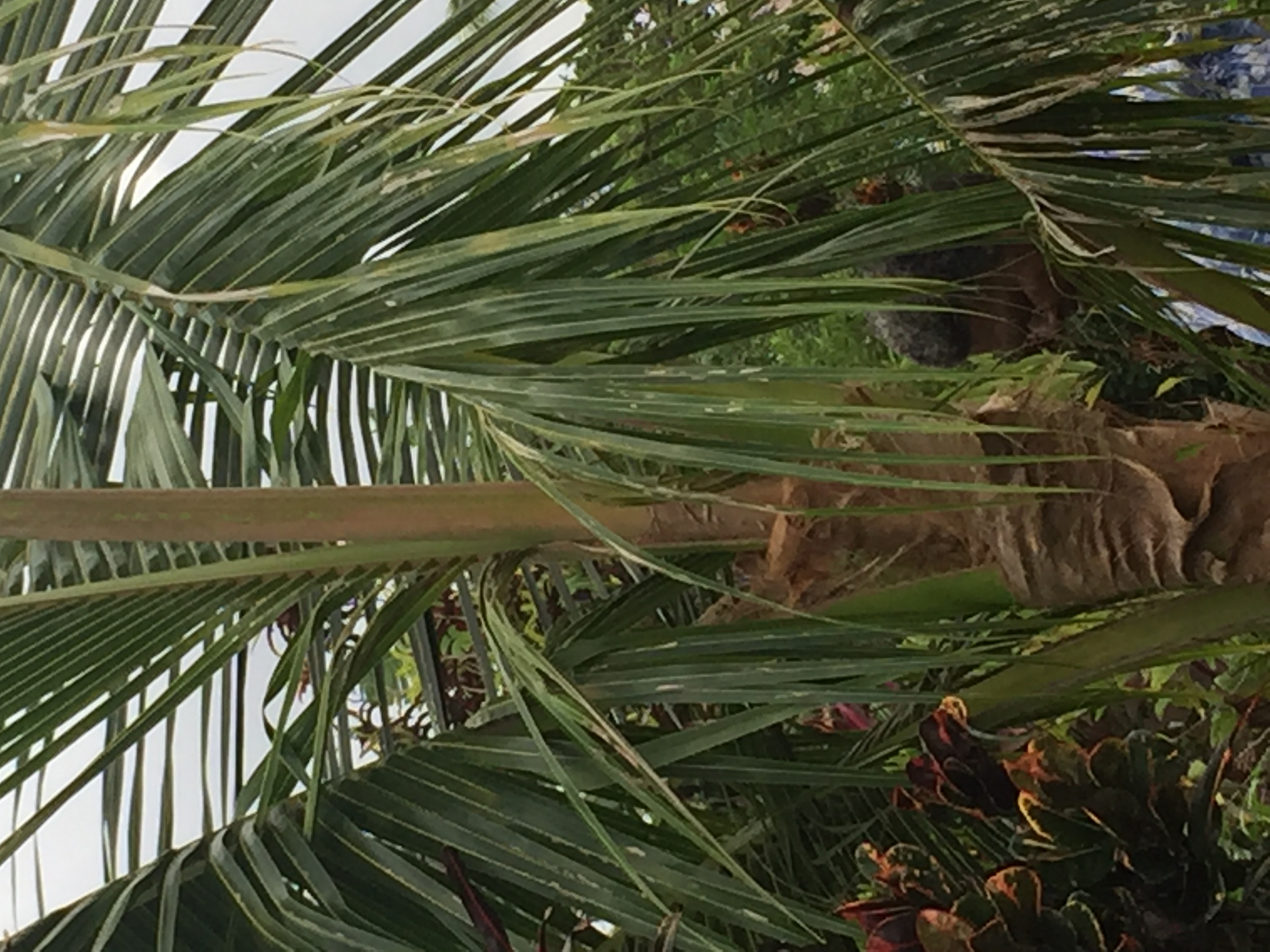

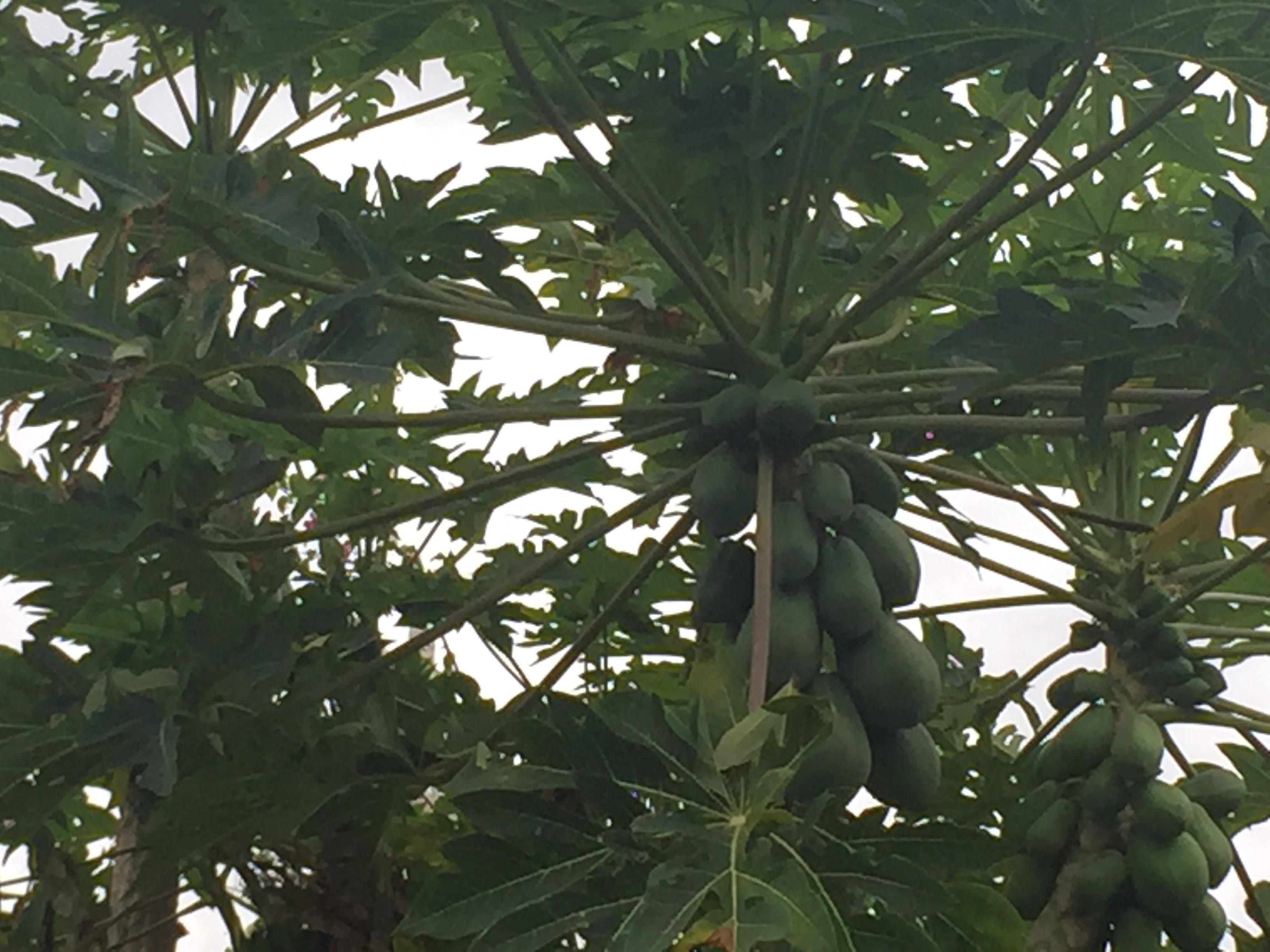
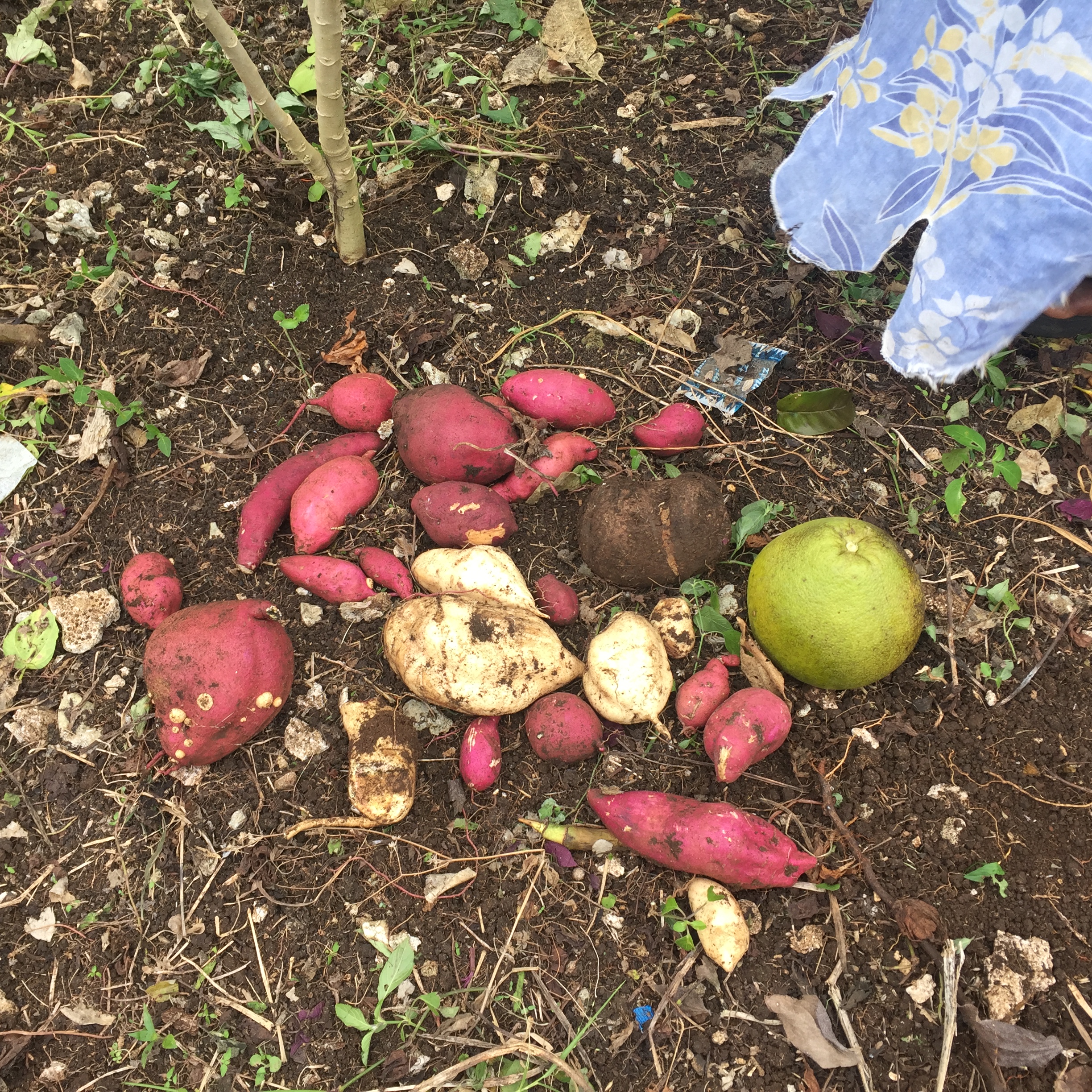

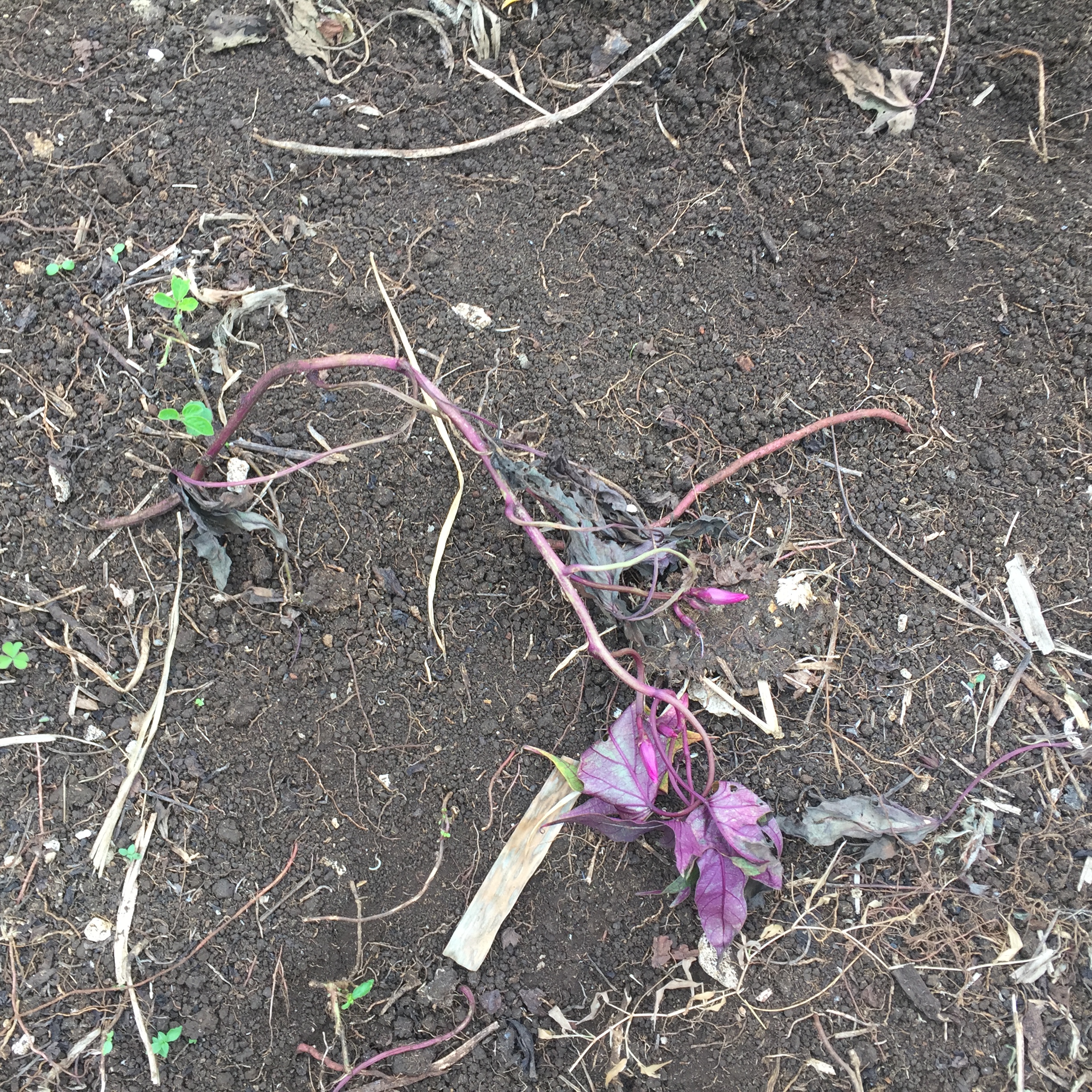
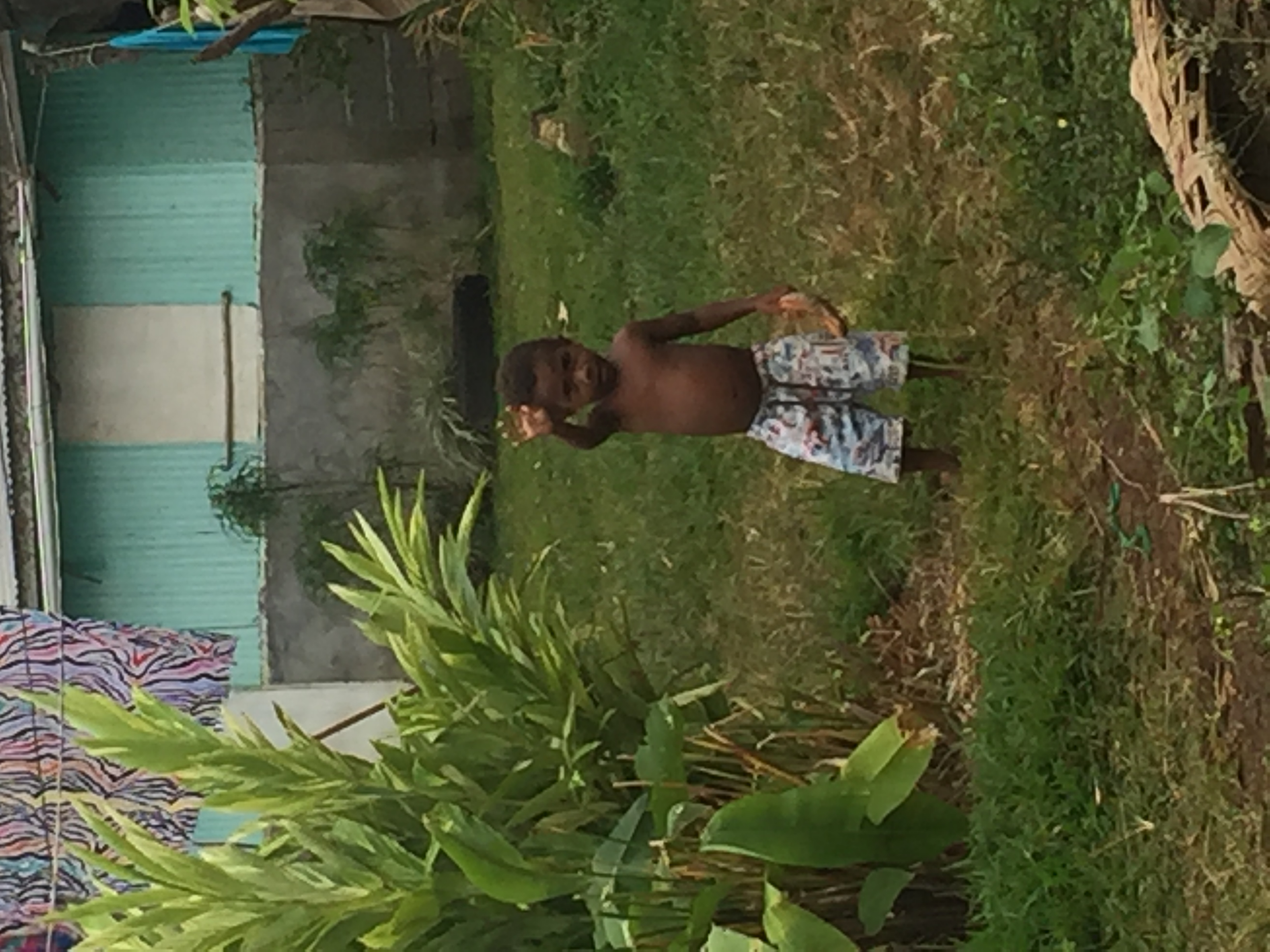
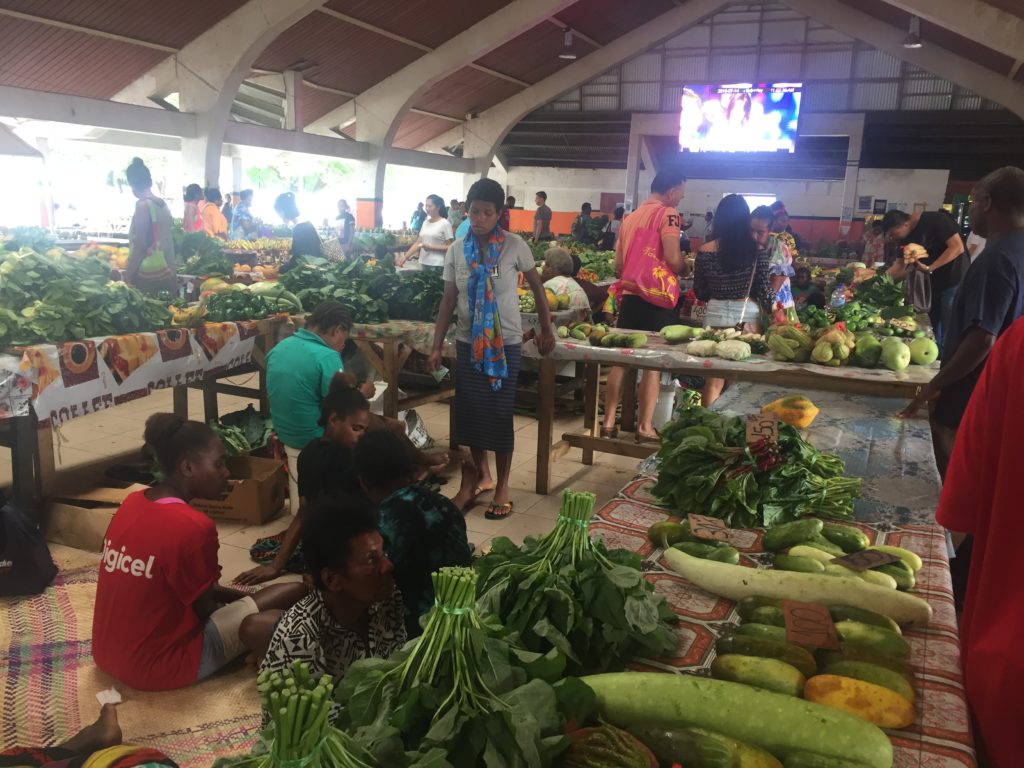
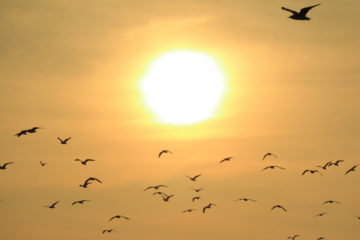
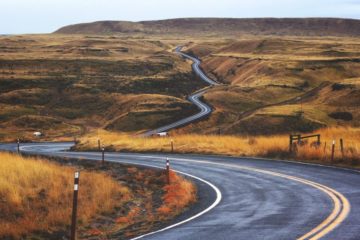
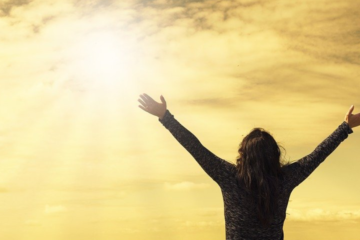
0 Comments